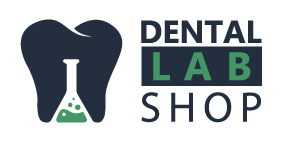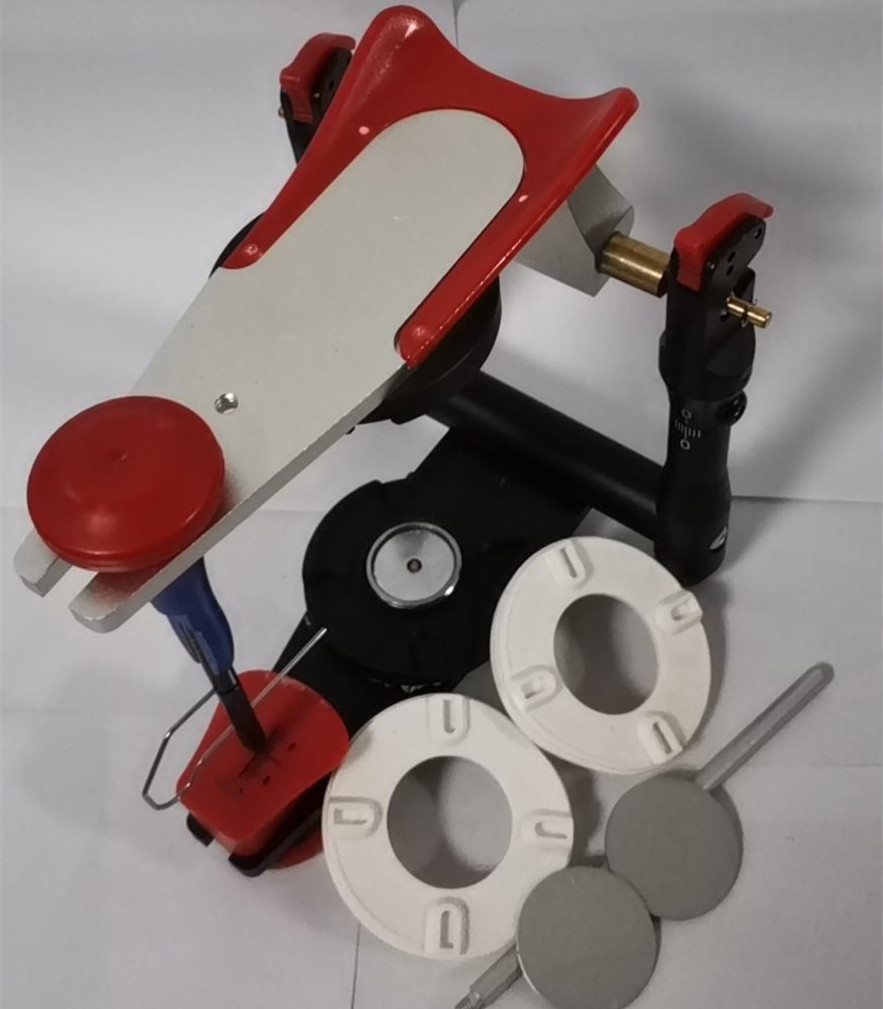The dental articulator is a mechanical device that recreates the upper and lower jaw relation on the dental mold. It’s essential for flawless and precise denture fabrication. A dental model is installed on the upper and lower arm of the dental articulator to recreate the actual relation of the jaw.
Why does a dentist need an articulator?
The fabrication process in dentistry demands precision and skills. The dentist and dental lab both are responsible for the manufacturing of various prostheses, crowns, and restorations. The dental articulator is used in the dental lab for the perfect precision and accuracy of fabrication. The type of dental articulator depends upon the case and patients’ requirements.
- Accurate bite record:
Denture fitting is very crucial for a successful treatment plan. The denture can be removable or fixed. The removable denture can easily show the displacement with the incorrect occlusion and bite. For the bite record to be correct, it must match the dental casts. The bite record on the dental casts must be verifiable. The upper and lower wax denture connected with the dental articulator.
- Denture teeth setup:
A perfect arrangement of teeth is very important for a better fitting denture. After the facebow record, the upper and lower wax rim is attached to the dental articulator. Both teeth are arranged simultaneously for the perfect occlusion. The articulator pin is set in the middle of the denture. A slight error in the position can distort the whole tooth setup.
- Jaw Joint replication:
The temporomandibular joint is the connection with the upper and lower jaw. the accuracy of denture is mainly dependent upon the correct relation of denture with the jaw. The articulator has ear rods and a record table. The hinge joint is created with the articular and mimic the natural jaw joint.
Types of dental articulators:
The dental articular can be divided into three types.
- Non-adjustable articulator.
Non-adjustable articulators open and close along a fixed horizontal axis but are capable of simulating lateral and protrusive jaw movement. They are simple forms of articulator with the upper and lower jaw. Different non-adjustable articulators are more suited for different treatments, so whether you’ll be fabricating single crowns and minimal unit bridges or orthodontics and splints, be sure to choose the one that’s best suitable for your laboratory.
- Semi adjustable articular.
A semi-adjustable articulator employs some preset values derived from averages, and hence is unable of replicating any particular jaw relationship or occlusion that deviates from the average. The exact duplication of mandibular motions has historically been a clinical problem to establish a precisely balanced occlusion. Special programs are created by the use of protrusive and lateral interocclusal records
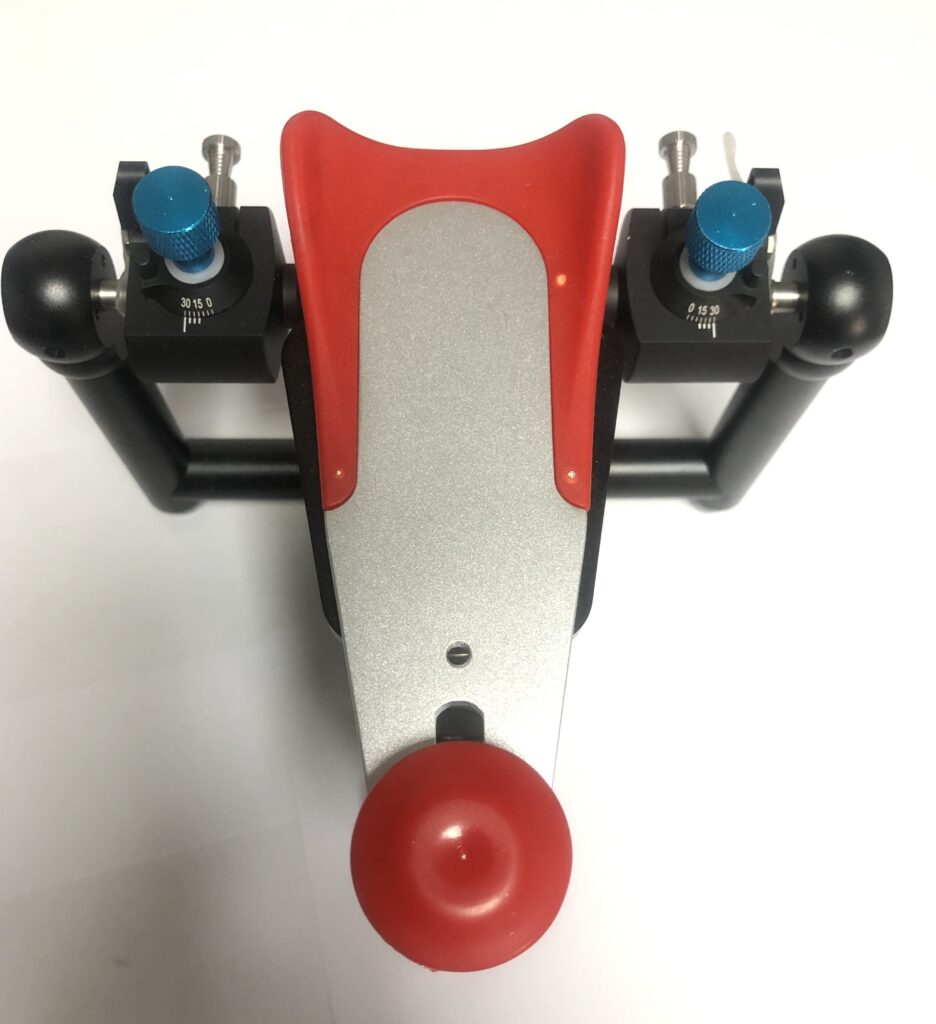
- Fully adjustable articulator.
A completely fully adjustable dental articulator accurately reproduces the temporomandibular joints’ movement in all dimensions and functional movements. They are necessary for large or sophisticated restorative instances, including the substantial restoration of proper occlusion.
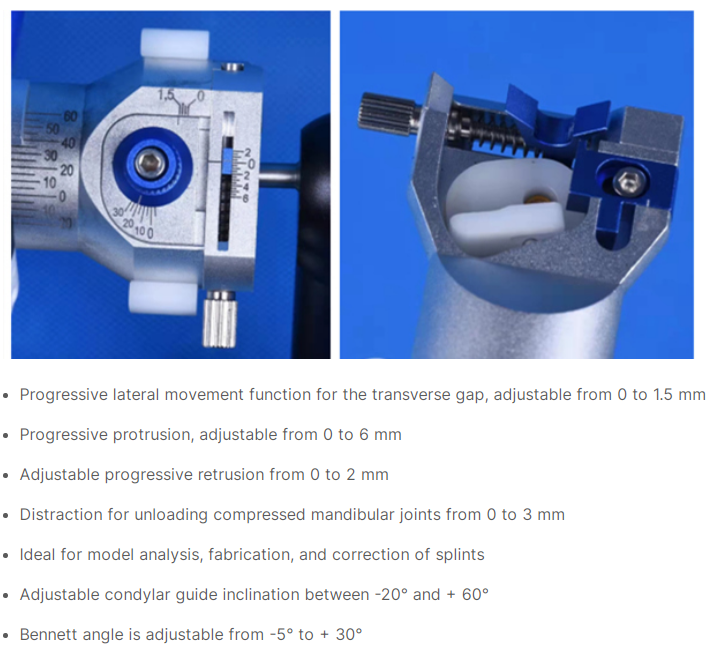
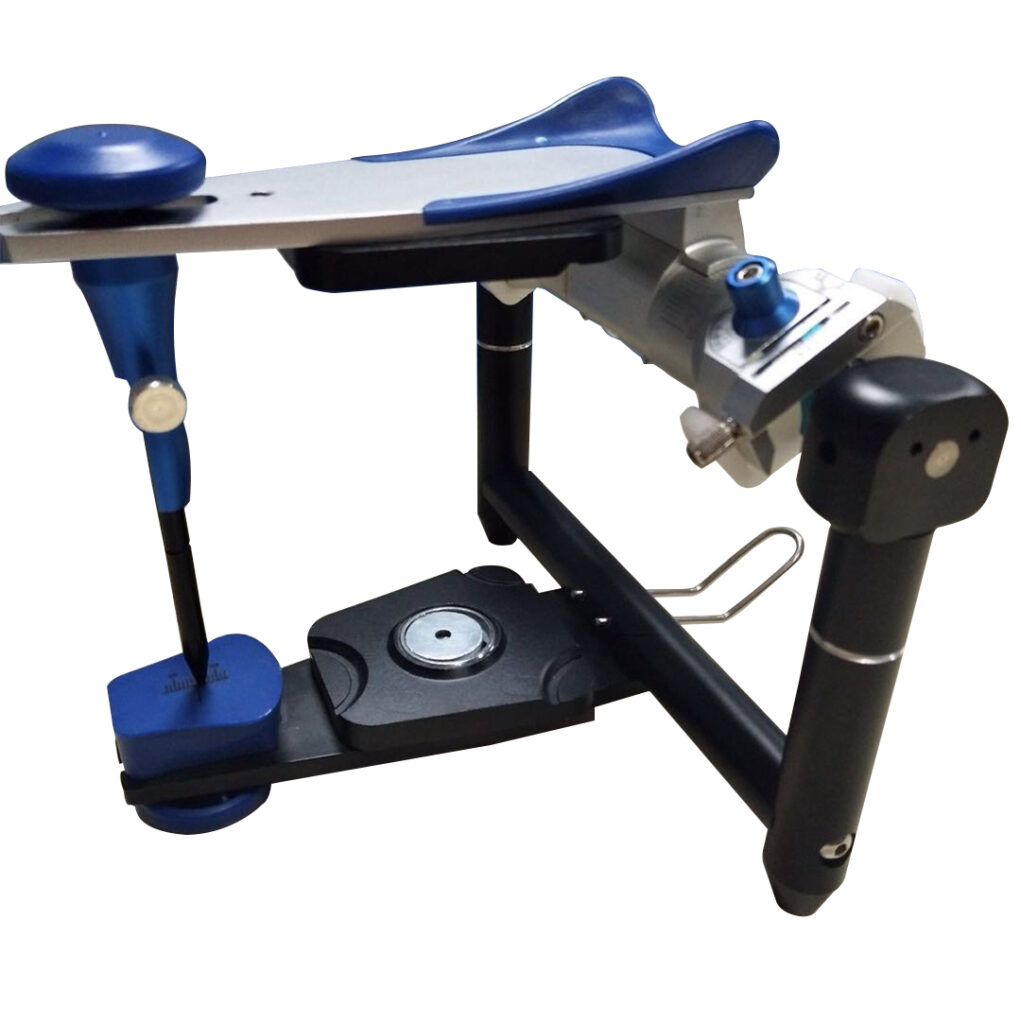
CAD-CAM Software:
The articulation software can build the CAD-CAM imaging with excellent accuracy. The new 3-D technology is very accurate and convenient for lab manufacturing. CAD/CAM systems take an impression with a digital camera from 3d dental scanner, creating a three-dimensional image that is transferred into a software program, resulting in a computer-generated cast from which the reconstruction is designed. The method enables the fabrication of dental crowns, veneers, bridges, inlays, and on lays from a single block of ceramics.
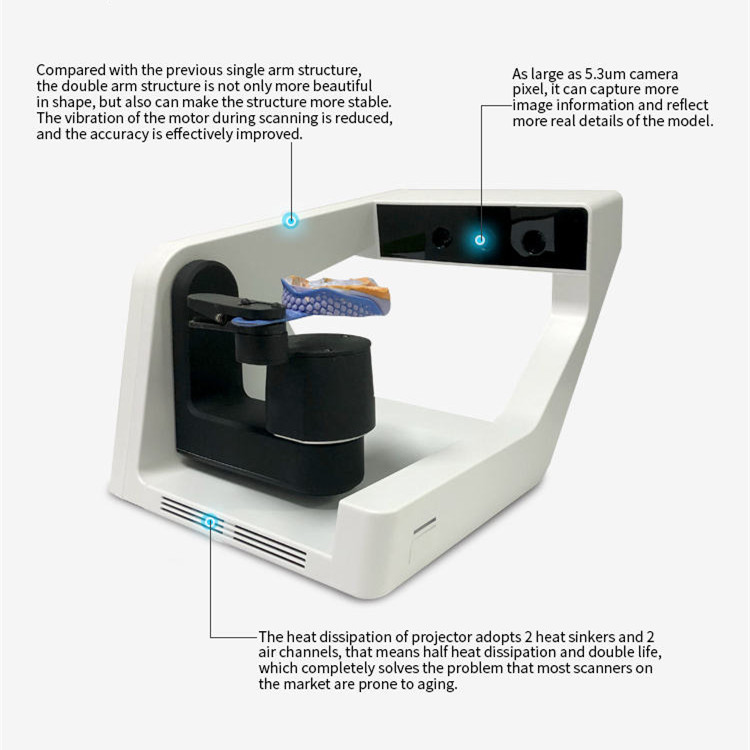
Articulator dental products source:
